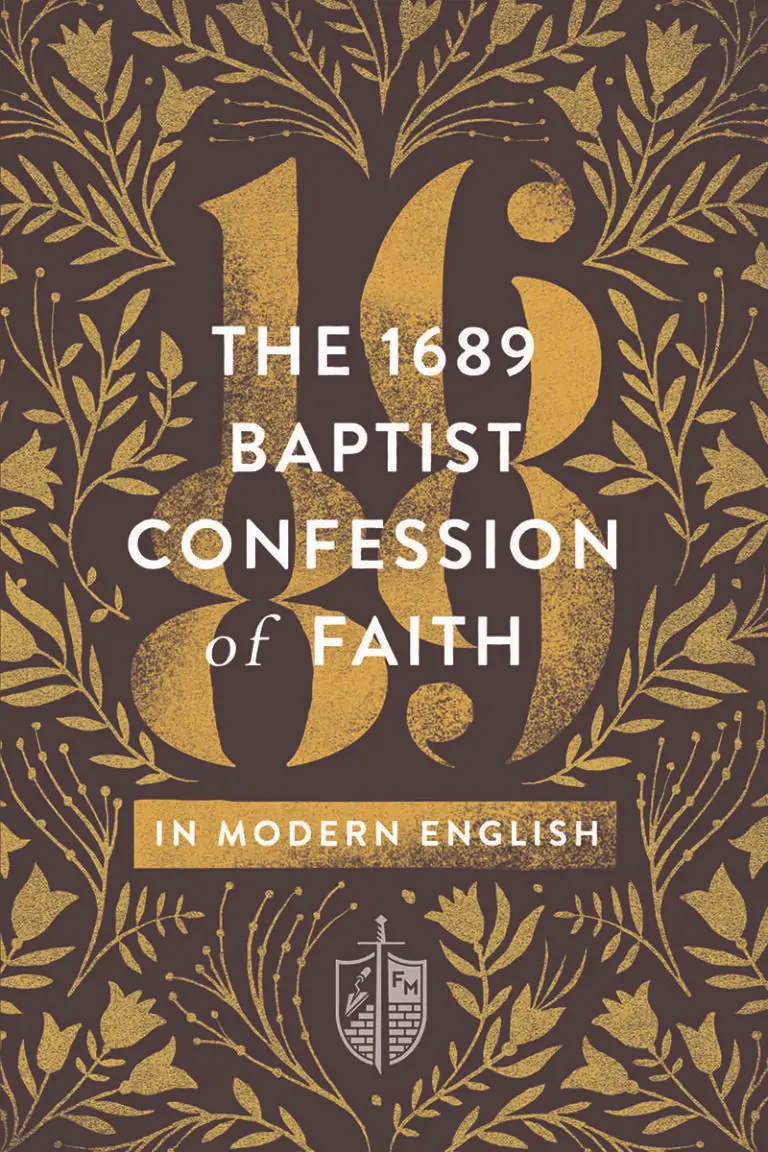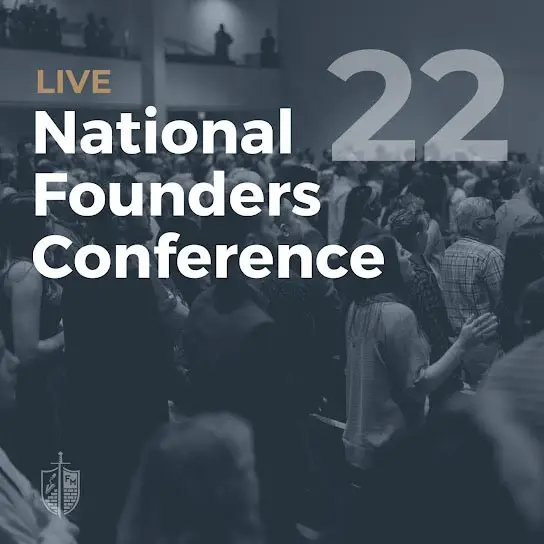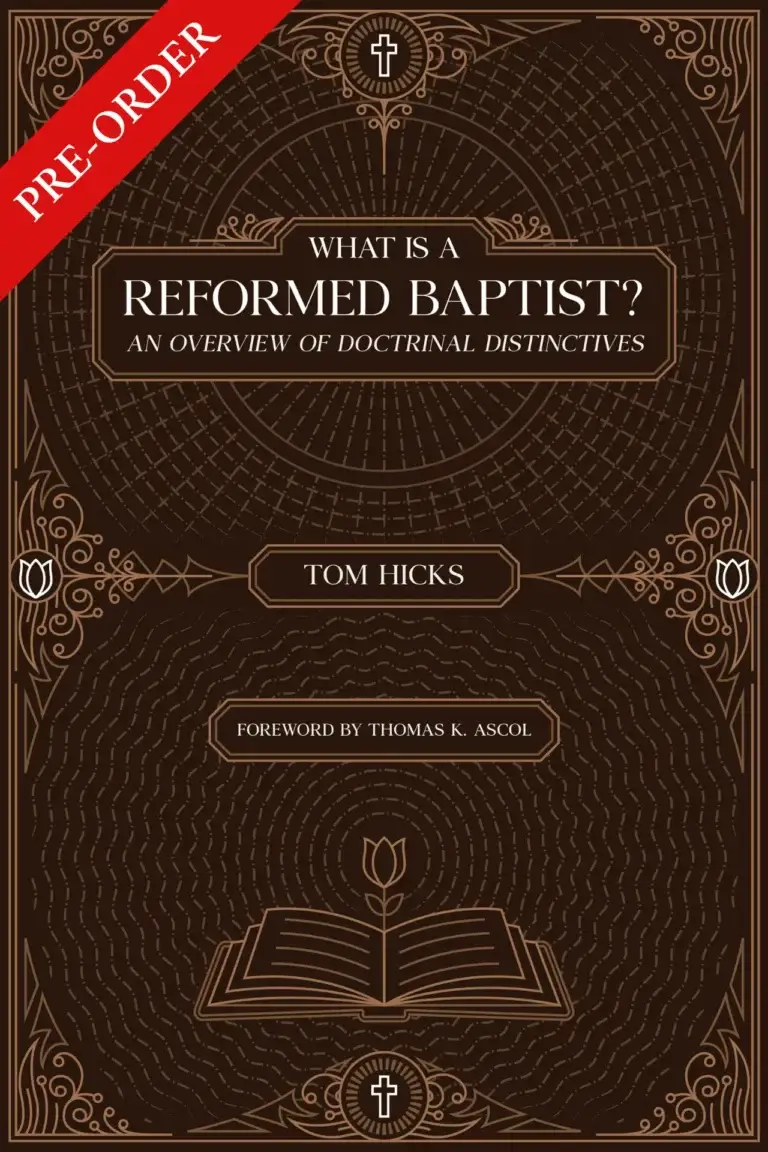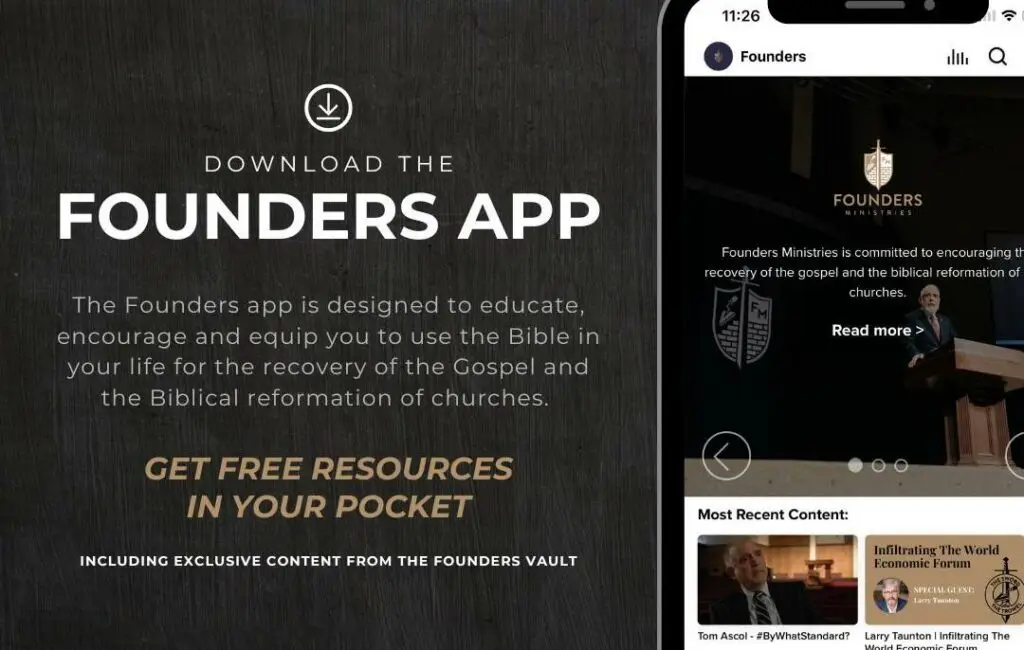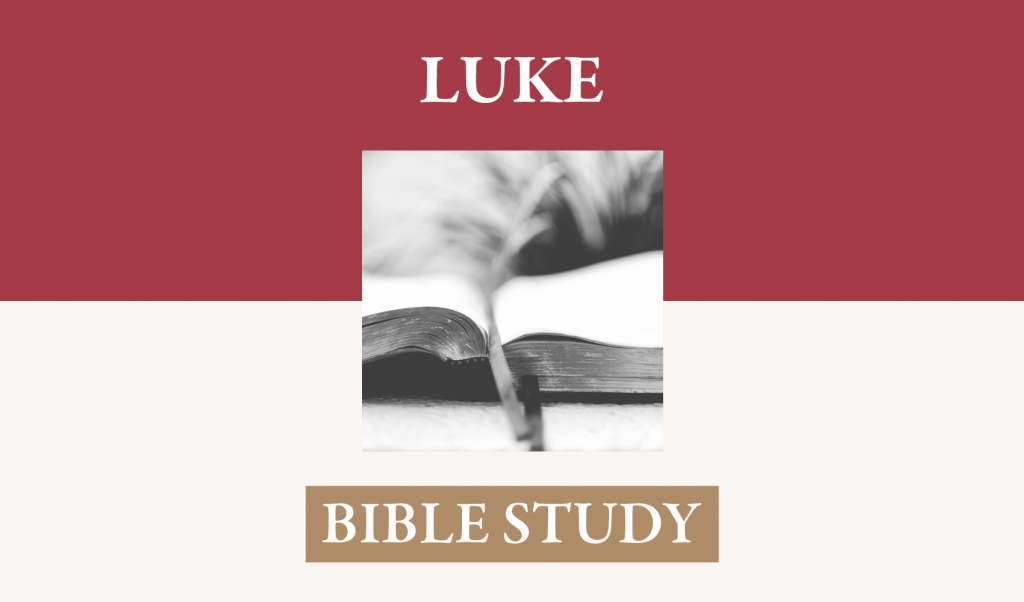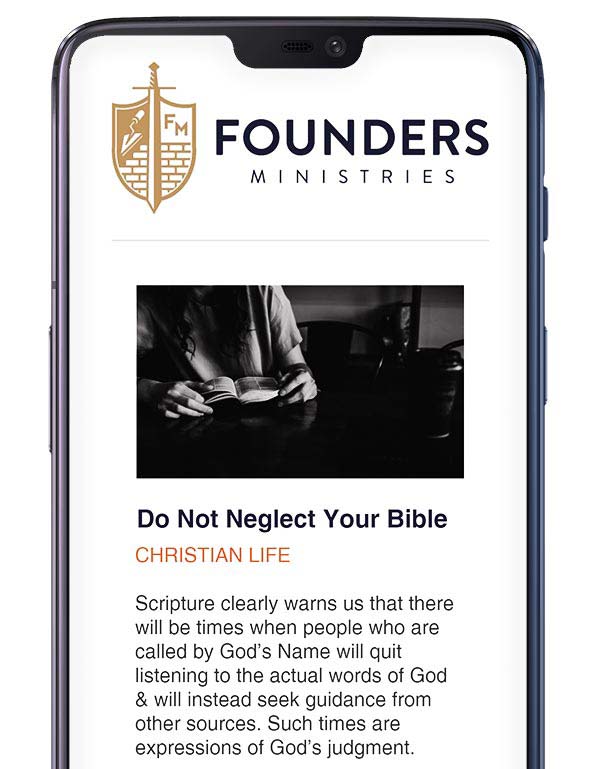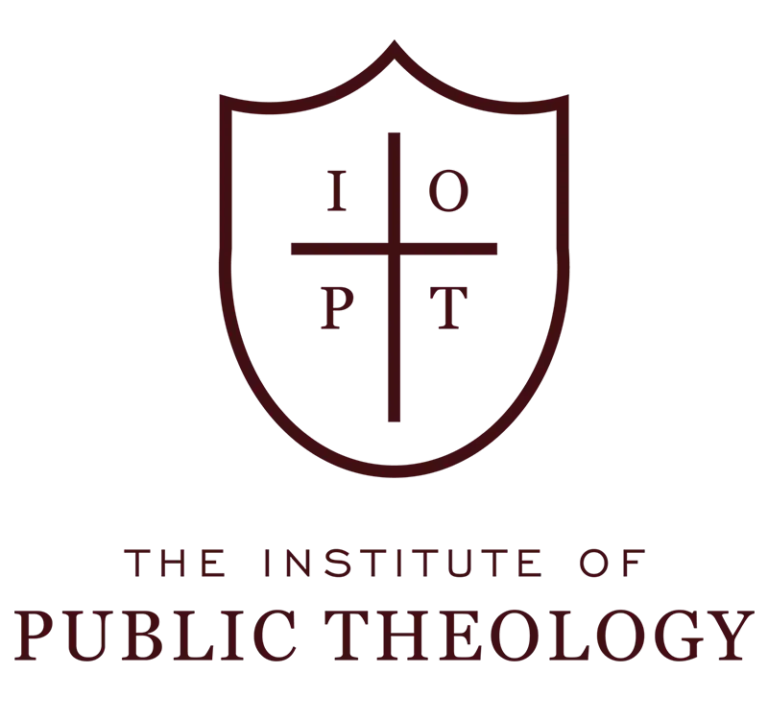Lesson Focus: The events surrounding Jesus’ birth remind believers that Jesus is God’s way of salvation for all people. All people need to hear this good news.
Jesus is the Message: Luke 2:8-12.
[8] And in the same region there were shepherds out in the field, keeping watch over their flock by night. [9] And an angel of the Lord appeared to them, and the glory of the Lord shone around them, and they were filled with fear. [10] And the angel said to them, "Fear not, for behold, I bring you good news of a great joy that will be for all the people. [11] For unto you is born this day in the city of
[8] Luke turns from the birth to its proclamation. The account shifts attention to shepherds who hear a heavenly announcement of Messiah’s coming. This is the third announcement passage in Luke 1-2 (the others are 1:5-25 and 1:26-38). The announcement is not just to a family member, but to people who represent all people. The verse reveals the setting of the proclamation. Shepherds are in the field at night watching over their flock. The shepherds kept night watches in turn and lived outdoors as they protected the sheep from robbers and wild animals. The shepherds picture the lowly and humble of society who respond to God’s message. Jesus’ birth is thus followed immediately by a proclamation to an everyday group: shepherds in a field.
[9] The heavenly announcement begins with the angel’s arrival. The structure of the announcement is in a standard sequence: appearance [9a], fear [9b], a “do not fear” announcement [10-11], and a sign [12]. A word of testimony comes from heaven with the arrival of an angel of the Lord. The angel is not named and is not to be confused with the Old Testament “angel of the Lord.” The term used to describe his arrival, suddenly stood before them, is a common Lucan term and is often used to describe angelic or supernatural appearances. With the messenger came the bright presence of the Lord’s glory surrounding the shepherds. Such glory will appear again at key points in Luke-Acts in association with Jesus [Luke 9:30-31; Acts 7:55]. Such a bright light in the midst of the evening would have been an impressive sight. Luke intends the reader to visualize the contrast. The response to this stirring divine sign was a natural one: great fear. Such fear is emphasized by Luke’s sentence structure: they were terribly frightened. It is like the fear that overcame both Zechariah and Mary when the angel came to them, and such fear gripped the disciples at the transfiguration. The encounter with the divine is initially startling and unsettling. With the angel’s coming and God’s bright presence, the announcement follows.
[10] The angel begins his announcement by calming the shepherds’ fear, as is common in such appearances. The initial encounter with God or His messenger frightens most who experience it, but the grace of God is such that this fear is quickly removed as an obstacle. God wishes to interact with His creation. The announcement itself contains two descriptions: good news and great joy. This combination of good news and joy is also found in the earlier announcement of John the Baptist’s birth in 1:14. Clearly the good that God is about to do should meet with great expectation and joy.
[11] The announcement is significant for three reasons. First, it explains that the reason the message is good news and a cause for great joy is that a messianic Savior is born. Second, Luke repeats the note of fulfillment [2:4] that the birth occurs in the city of
[12] Luke now presents a sign of the birth. As with the other angelic announcements in this infancy section, a sign comes with the announcement. What is amazing is not that the child is wrapped up, but who the child is and where he is. One hardly expects to find Messiah in an animal room. One would expect a palace. But the Messiah’s humble and common origins fit nicely with the task that he shall bear for all His people, including especially the humble, hungry and poor [1:50-53]. Messiah’s life will contain an unusual bookend for a king, since he was born in an animal room and will die with robbers.
The Message is Amazing: Luke 2:16-18.
[16] And they went with haste and found Mary and Joseph, and the baby lying in a manger.
[17] And when they saw it, they made known the saying that had been told them concerning this child. [18] And all who heard it wondered at what the shepherds told them. [ESV]
[16] The announcement sets off a chain reaction. First, the shepherds respond in faith and go to find the child [16]. They tell others what caused them to seek the child [17]. The shepherds’ response in faith and testimony is similar to Mary’s instant response to the word in 1:39. The shepherds’ reaction causes the audience to react to their testimony [18], which in turn leads to a response by Mary [19]. The shepherds move hastily to find the child. The haste fits nicely with the urgency of their decision to go. Mary is named first, probably because the narrative is focused on her throughout. What the shepherds see is exactly what the angel promised, a baby lying in a feed trough. The shepherds reflect a vibrant faith, where the sequence is God’s word, faith, and then testimony. When God’s word comes to pass, testimony should follow [17].
[17] When the shepherds had seen the sign of the baby in a feed trough, they made known all that the angel had said about the child. The audience for the testimony is unspecified, though 2:18 makes clear that it was more than the child’s family. Mary, Joseph, and others hear that this child shall be a Savior for them, Christ the Lord. The full understanding by people will come later. But, for now, to the voices of the angels is added the testimony of humans. What they see and hear, they report.
[18] The response of all who heard the testimony was wonder. This response of marvel or wonder occurs frequently in the infancy section. However, its presence need not suggest the presence of full faith. Rather, marveling reflects the surprise of those who encounter God’s act or revelation. Luke’s choice of terms in 2:18-19 contrasts this corporate response and Mary’s private response. But in 2:19 presents Mary in contrast to the hearers in 2:18, and the use of wondered to summarize the hearers’ response stands in contrast to treasured in 2:19 to describe Mary’s ongoing meditation. This contrast indicates that she reflected on the events in a way that the hearers did not. Luke is saying that the report was circulated and caused a stir, but it is not certain that he is saying the city responded concretely to the birth. The report tickles the crowd’s ears, but it may have missed their hearts. Jesus’ birth brings a variety of responses.
The Message is for All People: Luke 2:25-32.
[25] Now there was a man in
[25] Jesus’ parents meet Simeon, the first of two pious saints who give Spirit-led testimony to Jesus at the temple. Such testimony reveals strong divine sanction of Jesus. Simeon is presented as a simple man, a layman, not a priest, who dwells in Jerusalem. Simeon was a common name, since it was the name of one of Jacob’s sons. What is revealed about Simeon is neither his vocation nor his age, but his spiritual condition. He was a devout believer in God and is described as righteous and devout. The term devout refers to the spiritually sensitive God-fearer, the faithful law-abider. Clearly Simeon is seen in a favorable light. He lives in the hope that God’s promise will come to pass; he is awaiting the consolation of Israel. Israel’s consolation was a key element in many strands of Old Testament and Jewish eschatology, referring to the hope of deliverance for the nation. Later, the rabbis would refer to Messiah as comforter because they saw him as the one who would bring this consolation. In the Old Testament, various agents brought God’s consolation, but a primary agent in eschatological contexts was the servant of God. Simeon was not only pious and expectant, he was blessed, having received a special work of the Holy Spirit. This last note prepares the reader for the revelation that Simeon receives in 2:26 as well as for his prophetic statements in 2:29-32,34-35. Thus the one through whom God speaks is a righteous man of rare spiritual quality and gift.
[26] Simeon’s prophecy is described further as God’s promise to Simeon by the Holy Spirit. The association between God’s Spirit and prophecy is strong, as Judaism looked to an active Spirit in the new age accompanying God’s act of deliverance. In this case, Simeon received a promise that God would not let him die without seeing the Messiah. The remark ties together the messianic idea with the idea of Israel’s consolation. Only when this is fulfilled is the prophet ready to die.
[27-28] The prophecy’s specific setting involves Simeon’s going to the temple by the divine leading of the Spirit. Though the phrase in the Spirit in other contexts speaks of prophetic vision, here the reference is to the Spirit’s prompting that guides Simeon to the temple. Thus God is responsible for this meeting. In the context of this event, Simeon is located either in the Court of the Gentiles or in the Court of Women, since Mary could be present only at these two places. Despite the picture of many contemporary portrayals of this event, it seems unlikely that Simeon is a priest. The parents were proceeding into the temple to dedicate the firstborn according to the law, when Simeon stopped them. The allusion here to parental action that corresponds to the law looks back to 2:22-24. This fulfilling of the law serves once again to point out the pious obedience of Jesus’ parents. But the basic idea of the verse centers not on the parents but on a revelation about the Messiah that is given in the temple. While Jesus is brought to God for dedication, God testifies to Jesus the Messiah through the prophet. For pietistic Jews, there could hardly be a more solemn place for the testimony. Simeon takes the child and expresses his gratitude to God for sharing in this special moment. What follows is a hymn of prophetic praise to God for the joy of seeing the Messiah in fulfillment of God’s word. Simeon’s reception of Jesus is intended to picture the arrival of messianic hope for Israel. The prophet represents the nation and, beyond that, all humanity.
[29] The third hymn of the infancy section is known as the Nunc Dimittis (Now Lord), a name that comes from the hymn’s opening phrase in the Latin version. The hymn is composed of three pairs of lines: 29a, b; 31-32, 32a, b. In the narrative the hymn completes a promise-fulfillment-praise chain, where the promise of seeing the Messiah is made in 2:26, while the fulfillment comes in holding the child in 2:28. The hymn is a joyful response of praise for the fulfillment of God’s promise, a pattern that is related to the function of each of the hymns in Luke 1-2. Thus, the hymn says that God acts according to your word. Here God’s word is the promise that death would not come until the Messiah was seen. Simeon declares that he can now rest, because in seeing Jesus he has seen God’s salvation. Simeon is like the watcher who can leave an assigned post because the anticipated event has come. When tied to now, the reference to depart in the present tense serves to express the readiness of Simeon to die. The picture describes a servant’s release from a task assigned by his Lord because the task has now been finished. Peace refers to the comfort of knowing that God’s work comes to fulfillment. Simeon’s life can come to an end with him at peace in this knowledge. The reference to God’s word looks back to the promise that was revealed to Simeon [2:26]. God again has brought His word to pass, a source of encouragement and assurance not only to Simeon but also to Luke’s readers.
[30-31] Simeon’s having seen God’s salvation is the reason he can ask for release from his post. The interesting feature of verse 30 is that seeing God’s salvation is linked directly to seeing Jesus, so that a strong tie exists between salvation and the one who personifies it. This connection in turn relates to the idea of Israel’s consolation in 2:25. Fulfillment has come in Jesus, and so Simeon can die in peace. The idea that the person of Jesus is at the center of soteriology is a keystone of Luke’s Christology. With Jesus’ birth, salvation comes. Simeon then describes the divinely promised salvation. It is a salvation that God prepares. This points to God’s design of salvation in history, a design that included a deliverer coming through Israel. This salvation should not catch people by surprise, since it was expected. The salvation was not only designed, it was prepared before a vast throng. The phrase in the presence of all peoples identifies a large audience. Thus, God intends to extend to all the salvation that comes in Jesus. Though the language looks at salvation’s preparation in the sight of all, the following verse makes clear that participation in that salvation also extends to every racial group. All will see what Jesus has done, and each group will share in its benefits.
[32] Luke describes this salvation in further detail. Light suggests the coming of illumination into a place of darkness. It is a frequent New Testament image of Jesus and His task. Light as illumination means this light is revelation for the Gentiles. They are the recipients of the revelation. God’s revelation dwells in a person, an idea that implies some of what John says explicitly when he calls Jesus the Word. Jesus as light brings salvation to all humankind, illuminating them into God’s way. If Jesus is revelation for the Gentiles, He is more than that for Israel. He is its glory. As Isaiah 60:1-3 shows, the nation’s hope was that, with the coming of salvific light to Israel, the attention of all people would be drawn to Israel. Isaiah 46:13 makes clear that Israel’s task makes it special and that God’s righteousness approaches it. At the heart of what makes the nation special is that salvation comes through it. Simeon is a picture of redemption’s joy in that he senses the significance of who Jesus is and rests in that knowledge. The hymn as a whole repeats basic themes of all the hymns in the infancy narrative. God is acting for His people Israel. He is saving them according to His plan and promise. That salvation is found in Jesus. But Simeon’s hymn adds to these themes. Jesus is now directly associated for the first time with the “Servant” hope of Isaiah 40-66. However, it is not the suffering elements of this figure that are brought to the fore, as in other New Testament uses of this theme; rather it is the note of victory, vindication, and hope. In addition, the hymn adds the universal scope of Jesus’ work. The regal, Davidic, messianic, Savior-Servant has come to redeem more than the nation of Israel; He has come for the world.
Questions for Discussion:
1. What is significant about the three key Christological terms: Savior, Christ, and Lord in verse 11? What is Luke telling us about the baby Jesus with these terms?
2. How do the shepherds respond to the announcement by the angels (see 2:16,17,20)? Compare the response of those who heard the shepherds in 2:18 with that of Mary in 2:19.
3. Look at what Simeon says about salvation in his hymn. Who does he associate with salvation? Why is this important at this point in Luke’s gospel? What does Simeon mean when he says that God has prepared salvation in the presence of all peoples? How is salvation a light? Why is salvation a revelation to Gentiles while being a glory to Israel?
References:
Luke, Vol. 1, Darrell Bock, Baker.
Commentary on the Gospel of Luke, Norval Geldenhuys, Eerdmans.

